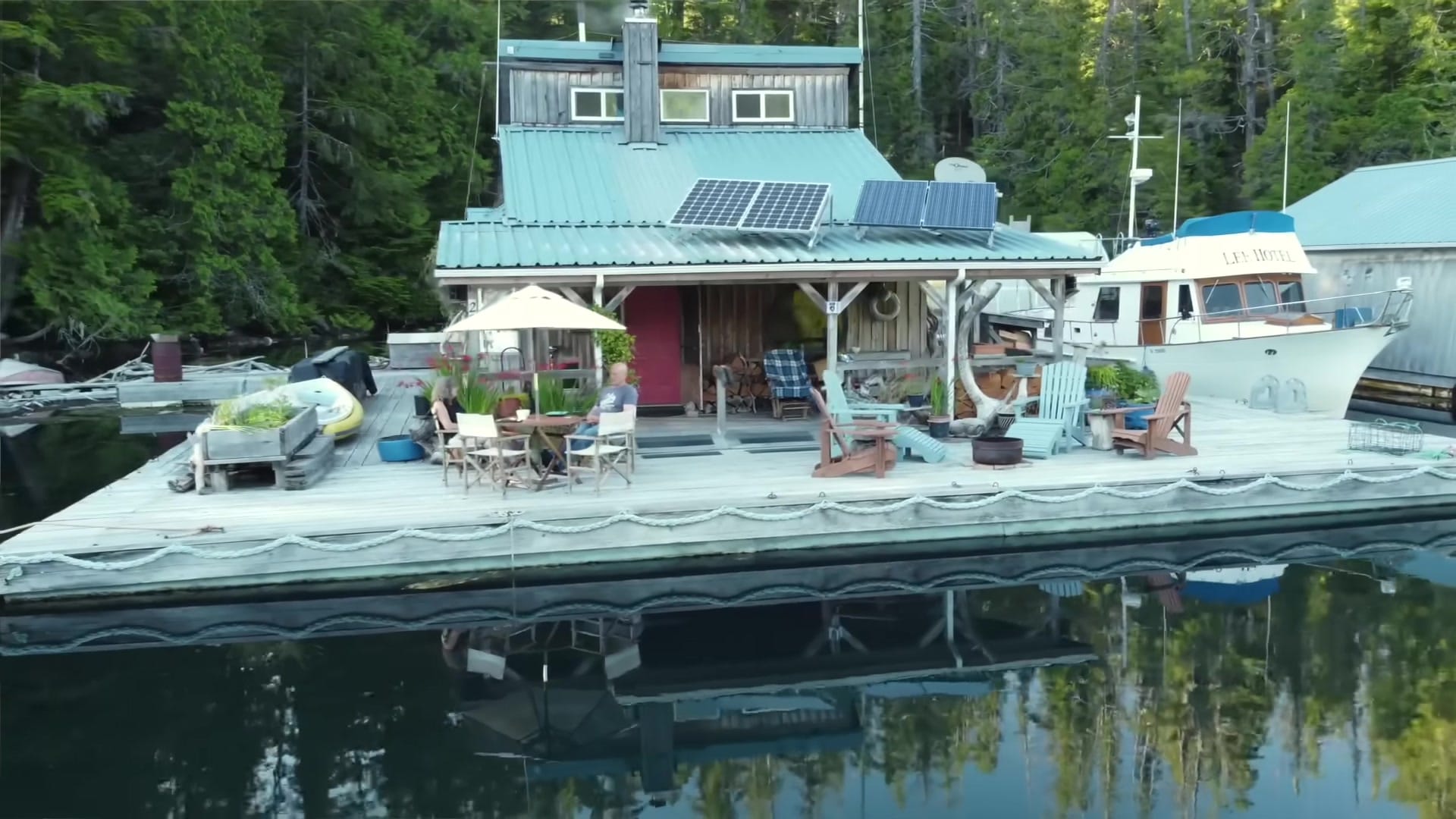25 Years on a Floating Home — What Keeps It Running
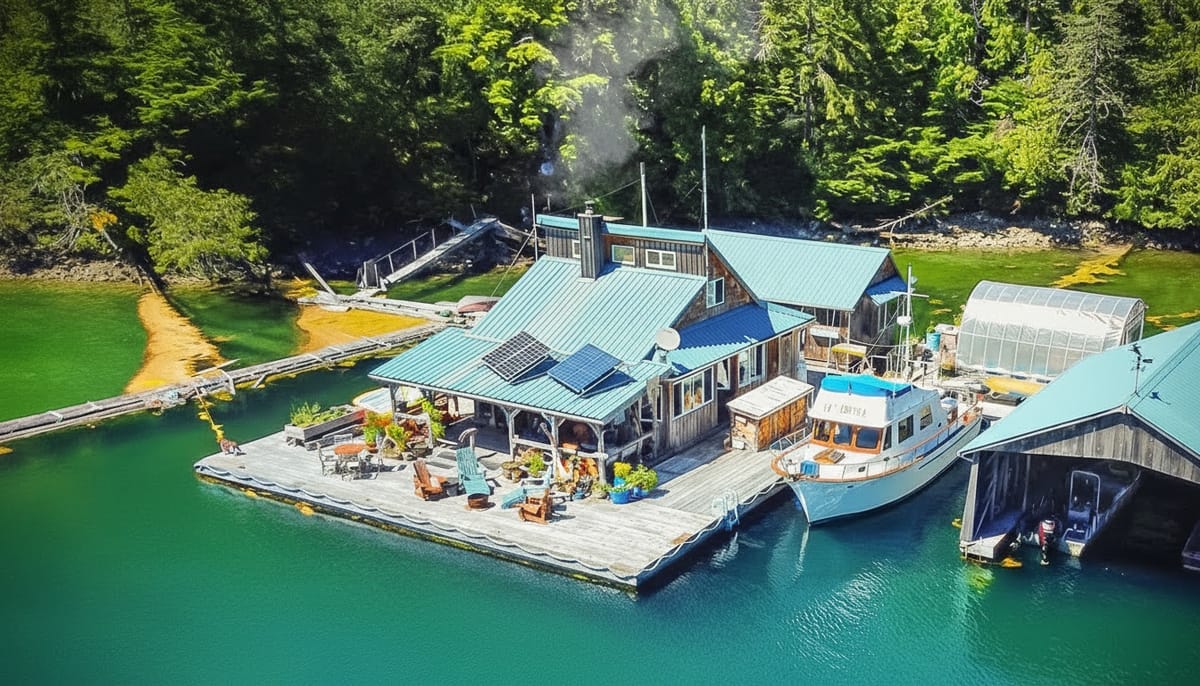
A house that floats. Ocean on every side. Quiet and very far from the grocery run.
First Look — Setting, Arrival & The View
The place sits in a narrow inland waterway with direct access to the open sea. The surf is close, but the home feels like it belongs to the water itself.
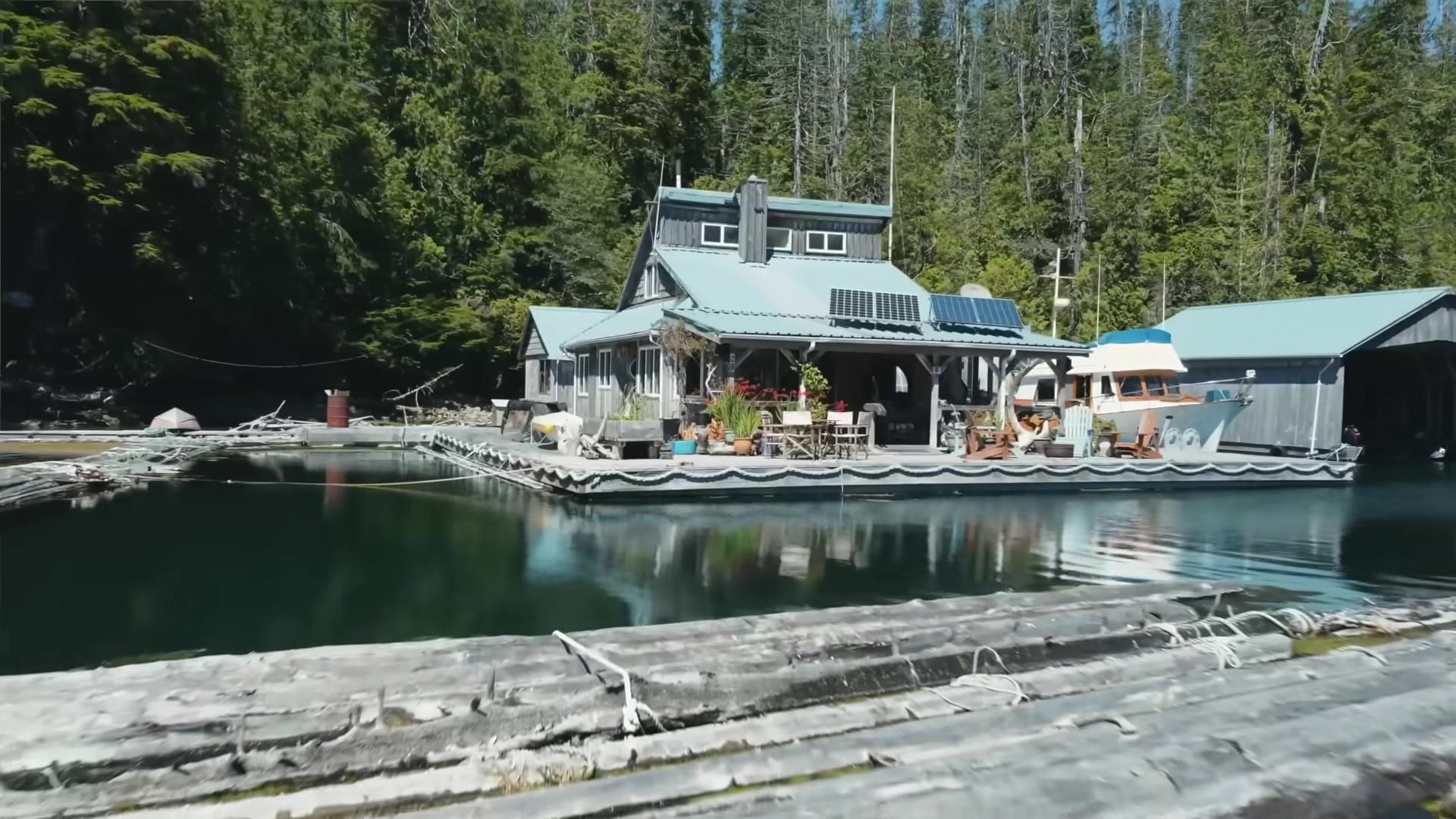
The view is immediate and honest — salt, spruce, and horizon.
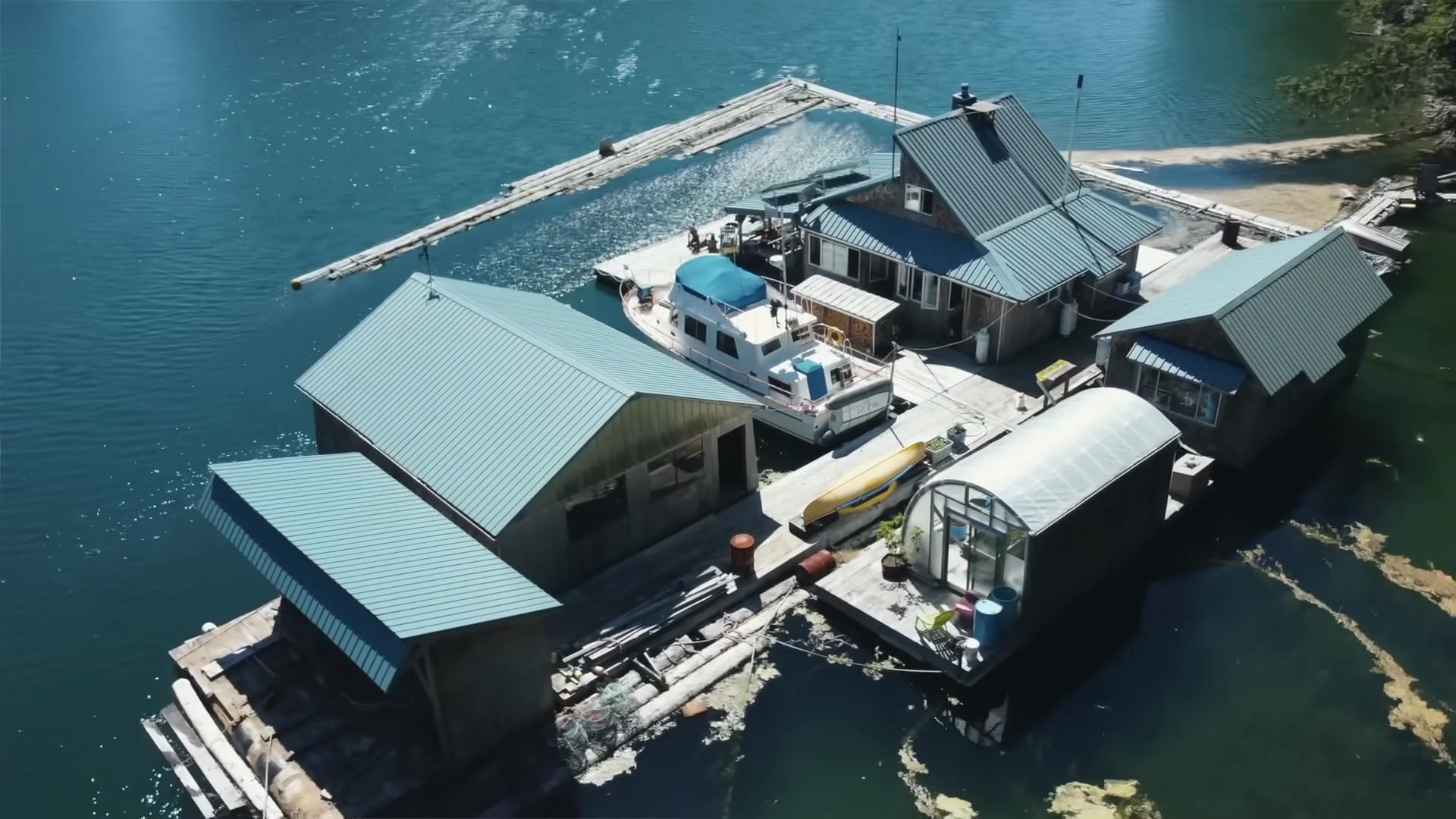
The only way in is by boat or aircraft, so arrivals feel like small expeditions.
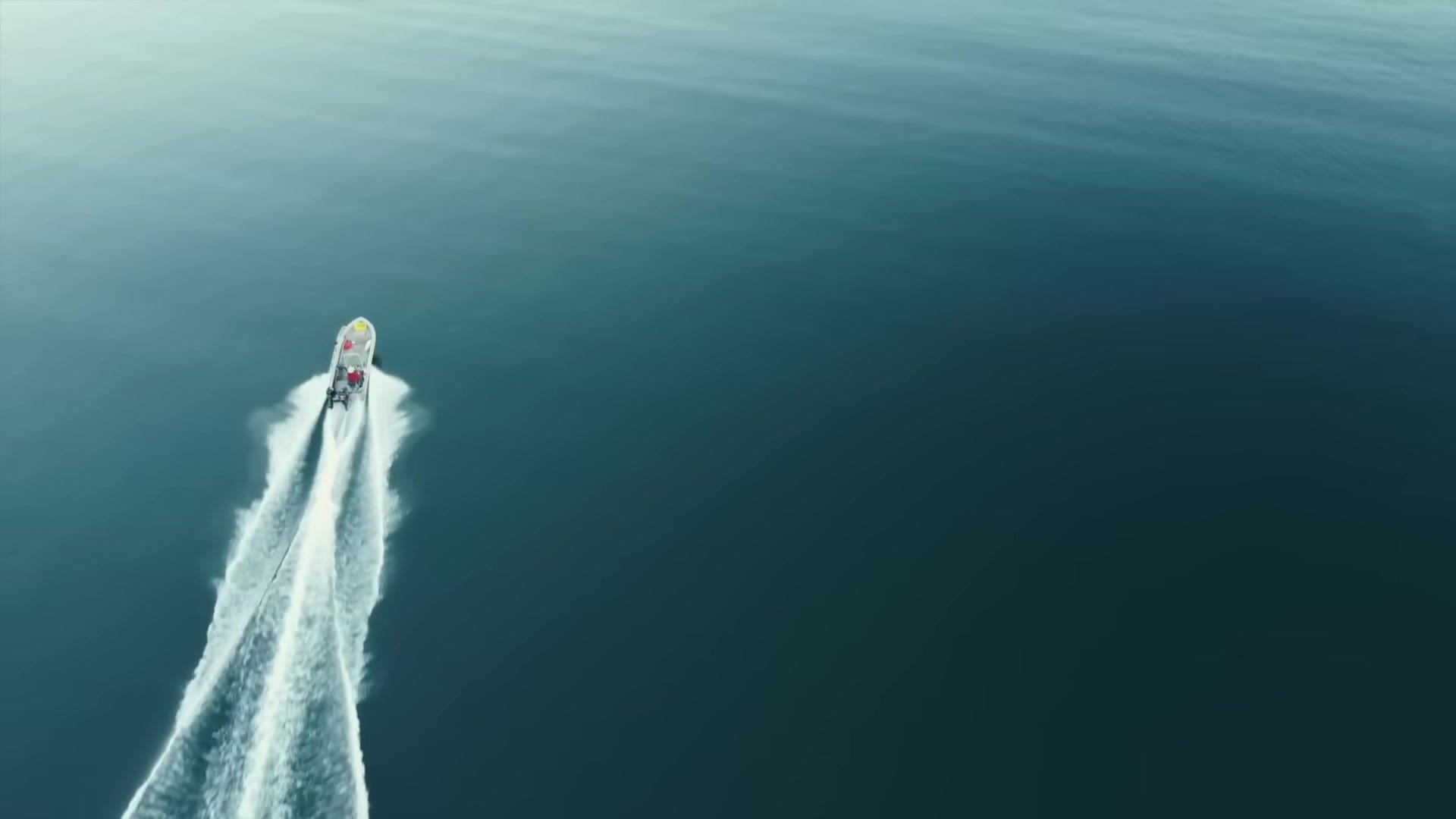
That isolation shapes everything about the place, from supplies to daily rhythm.
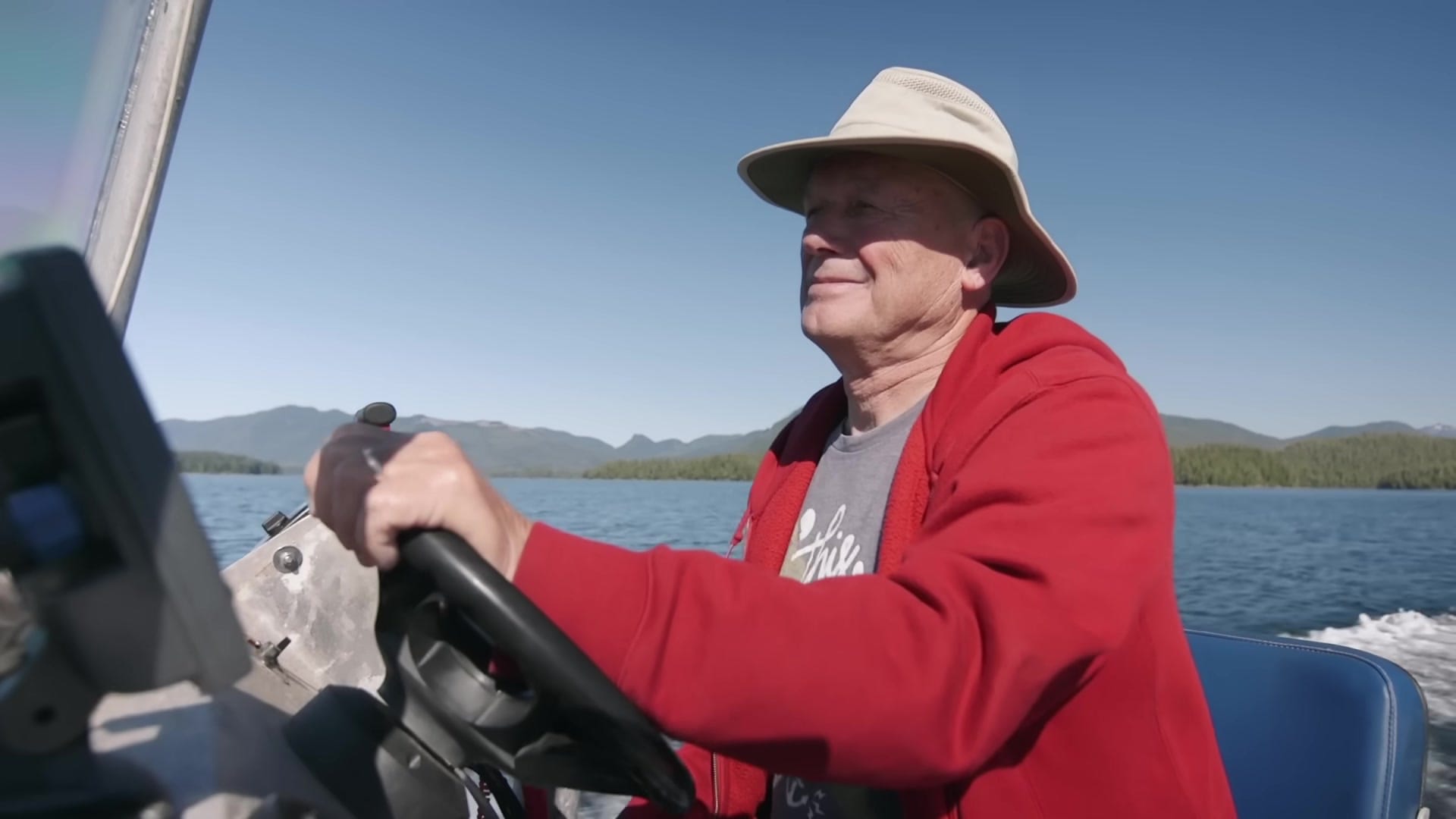
Build & Layout — How the House Was Made
The shell started small and grew. Most of the structural lumber was milled on site and the cabin is largely cedar.
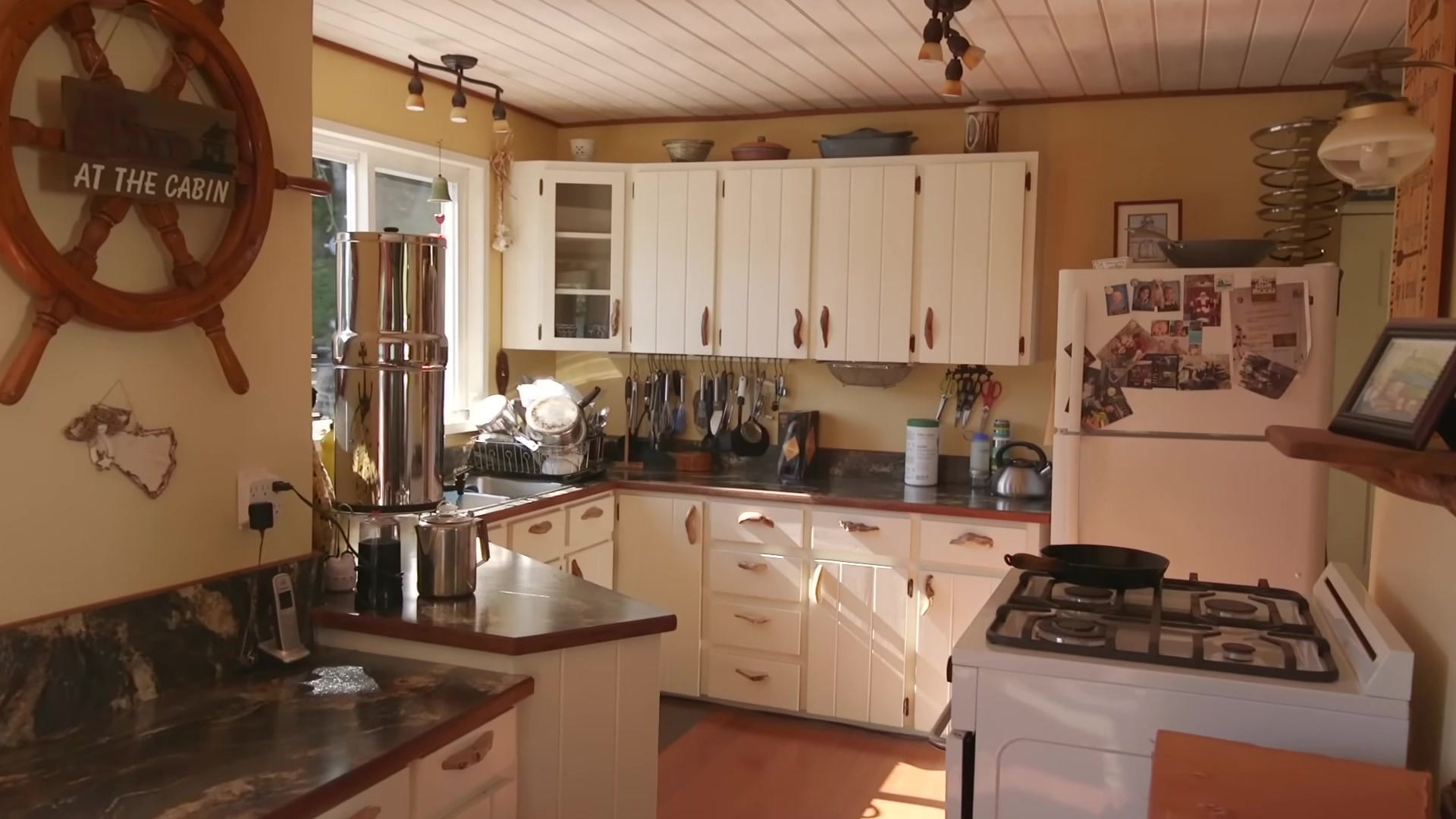
The builder iterated for decades, tweaking joinery and proportions as needs changed.
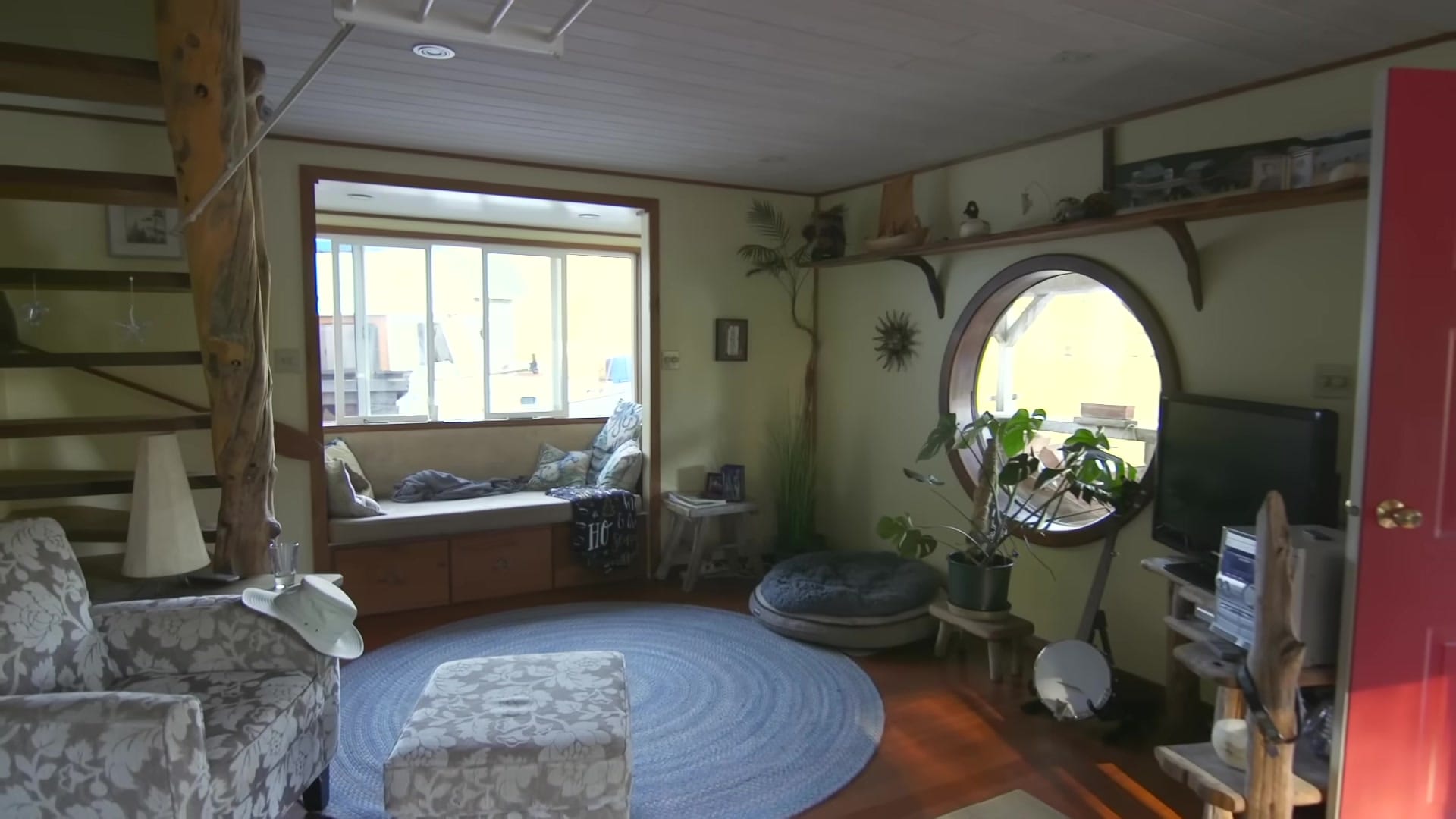
Today the house is roughly 900 square feet across two levels and feels larger than the number implies.
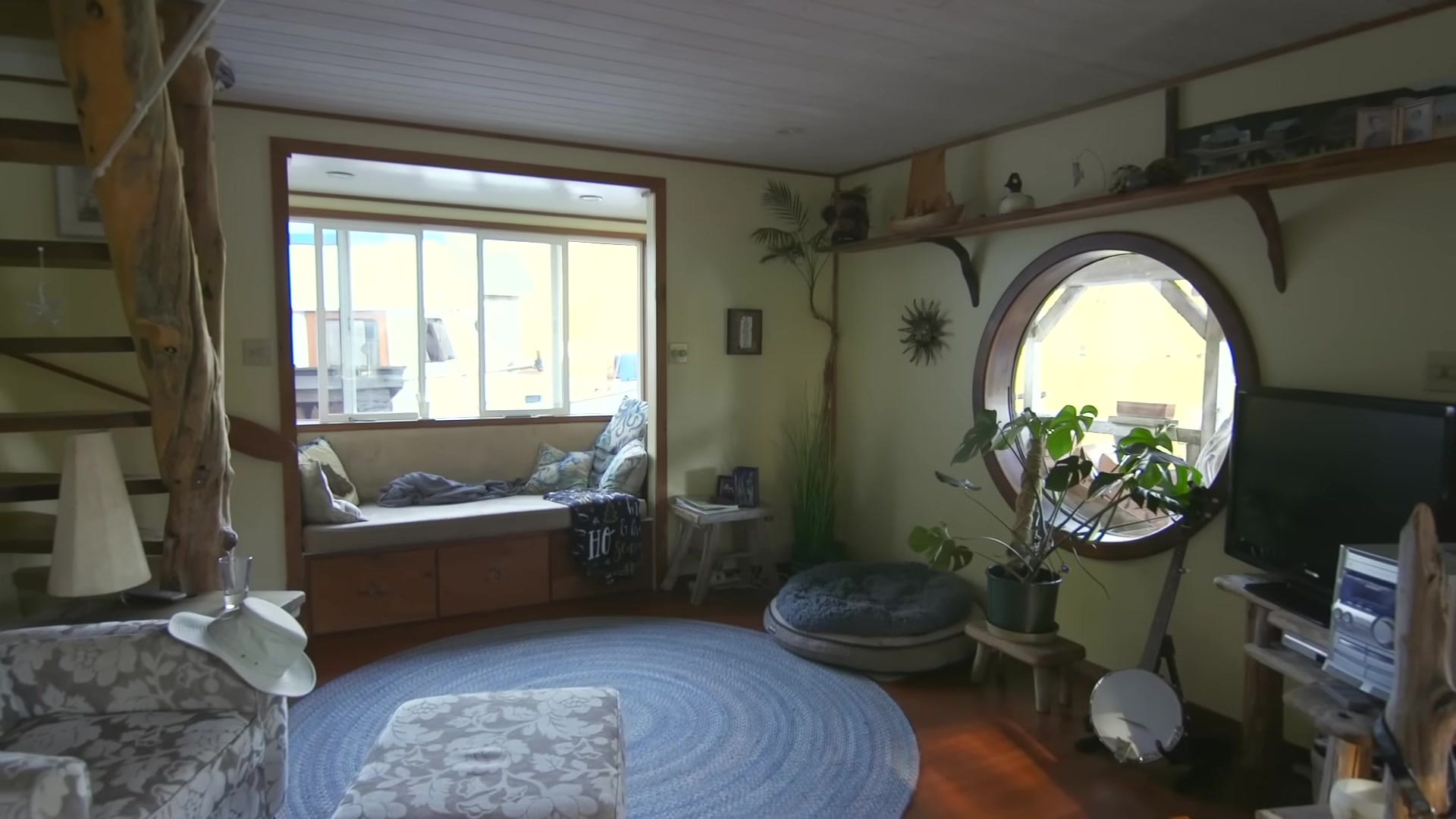
There’s a full kitchen, pantry, a laundry room with propane dryer, and a big combined living/dining space for guests.
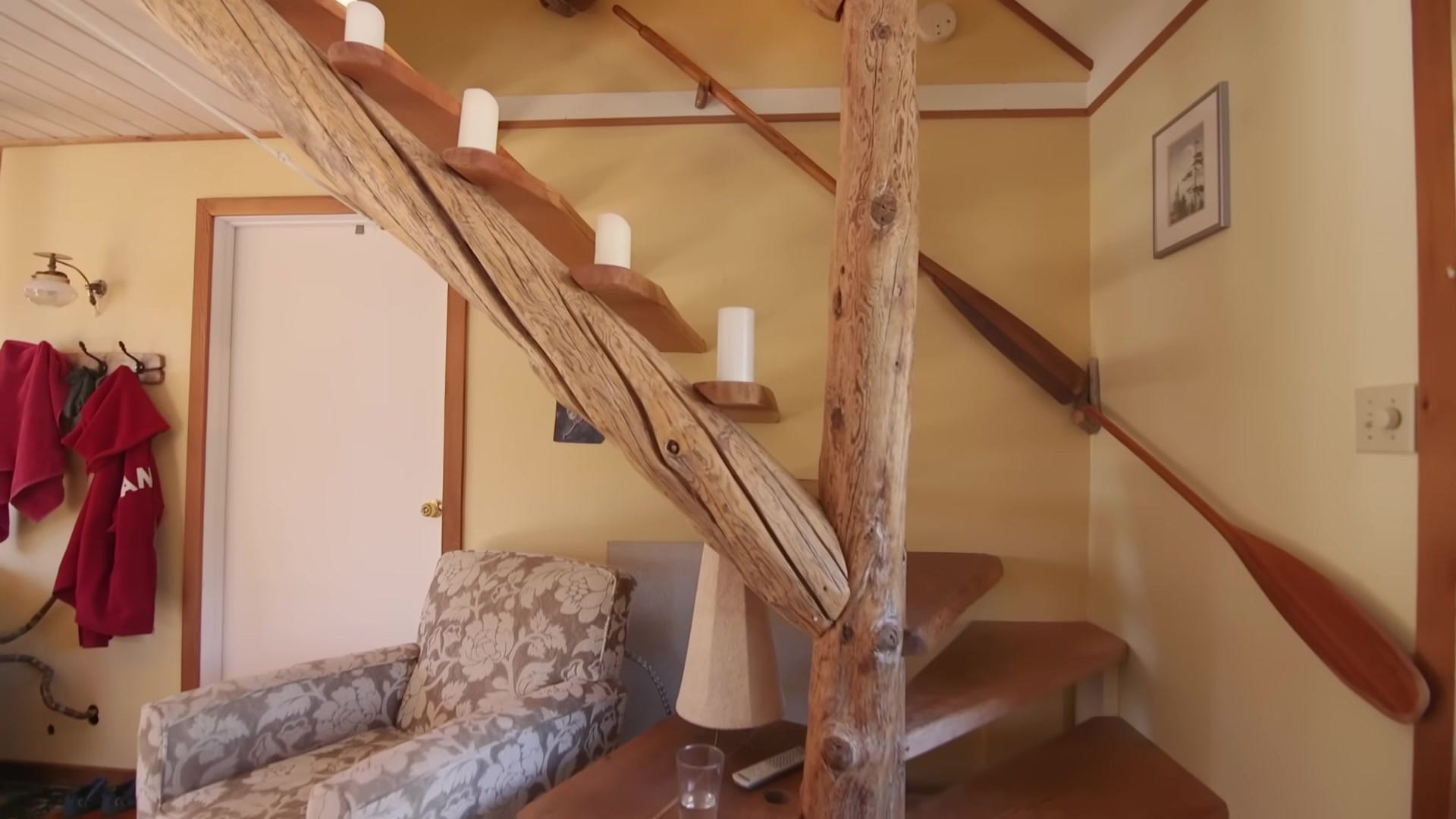
Systems That Keep It Running — Power, Water, Waste
Electricity comes from a 2,000-watt solar array that handles daily loads in summer.
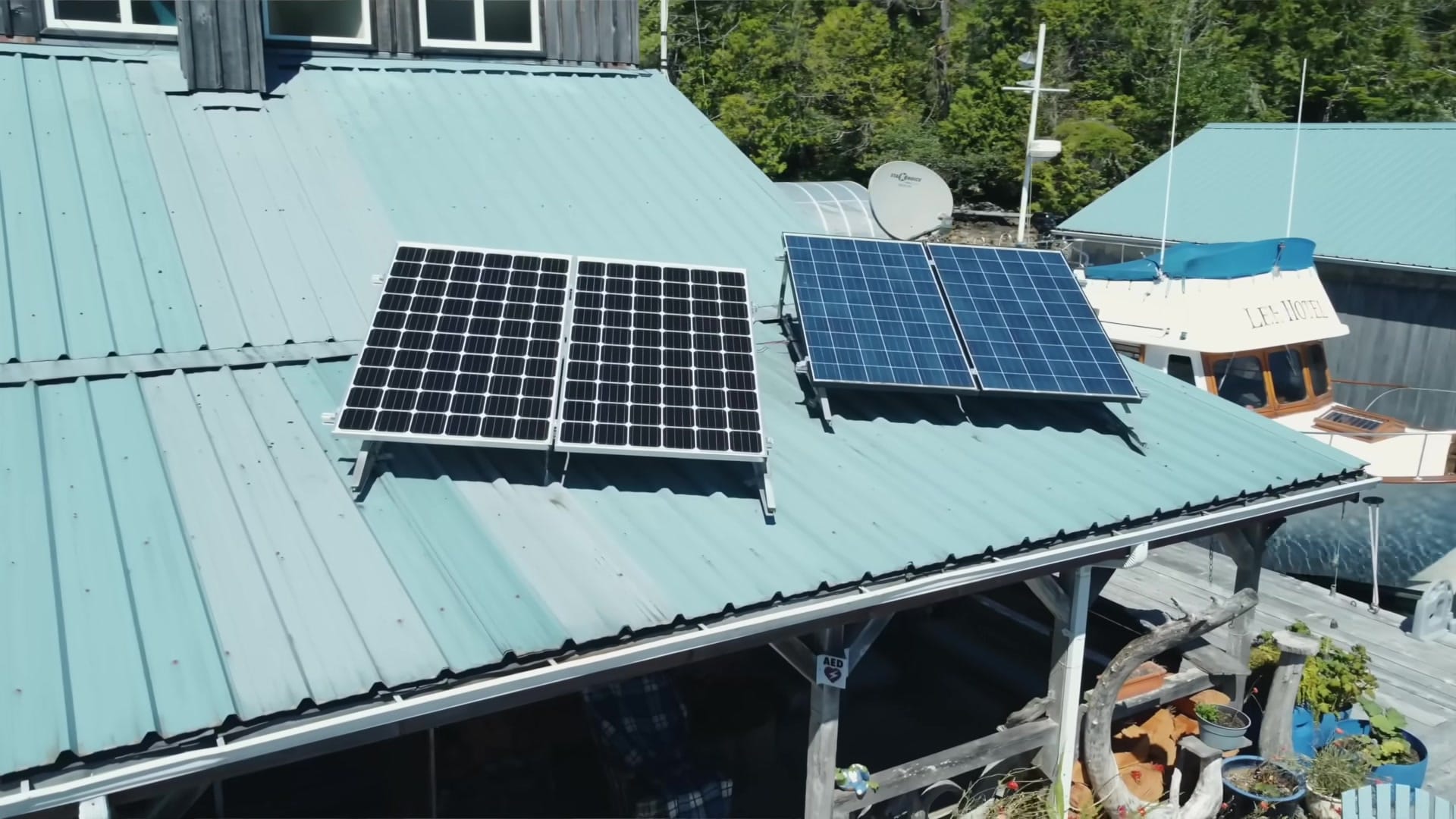
On gray days or for heavy equipment they run a generator to top things up.
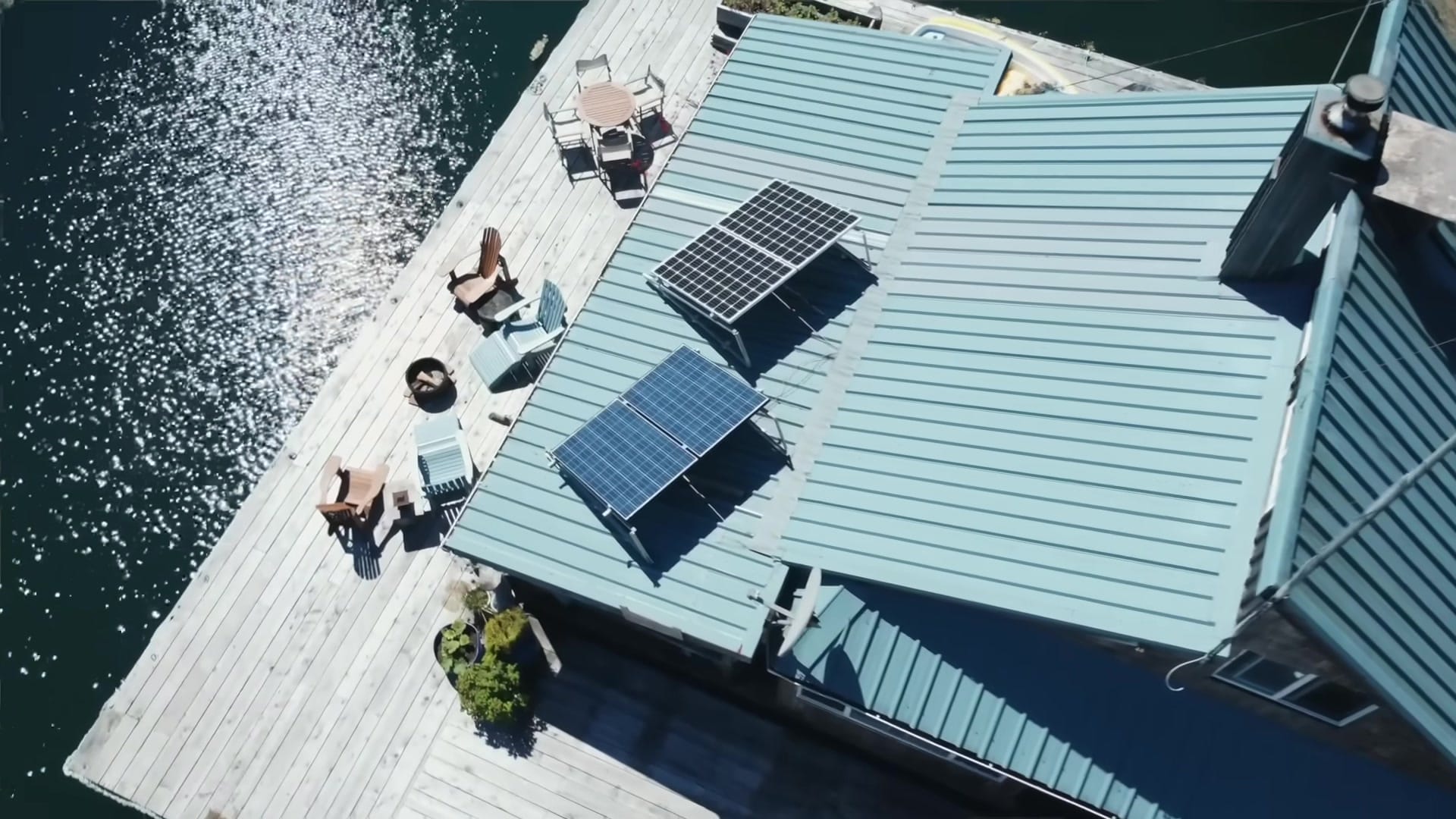
Fresh water is gravity-fed from a creek and stored in reservoirs up the hill — about 2,000 gallons in reserve.
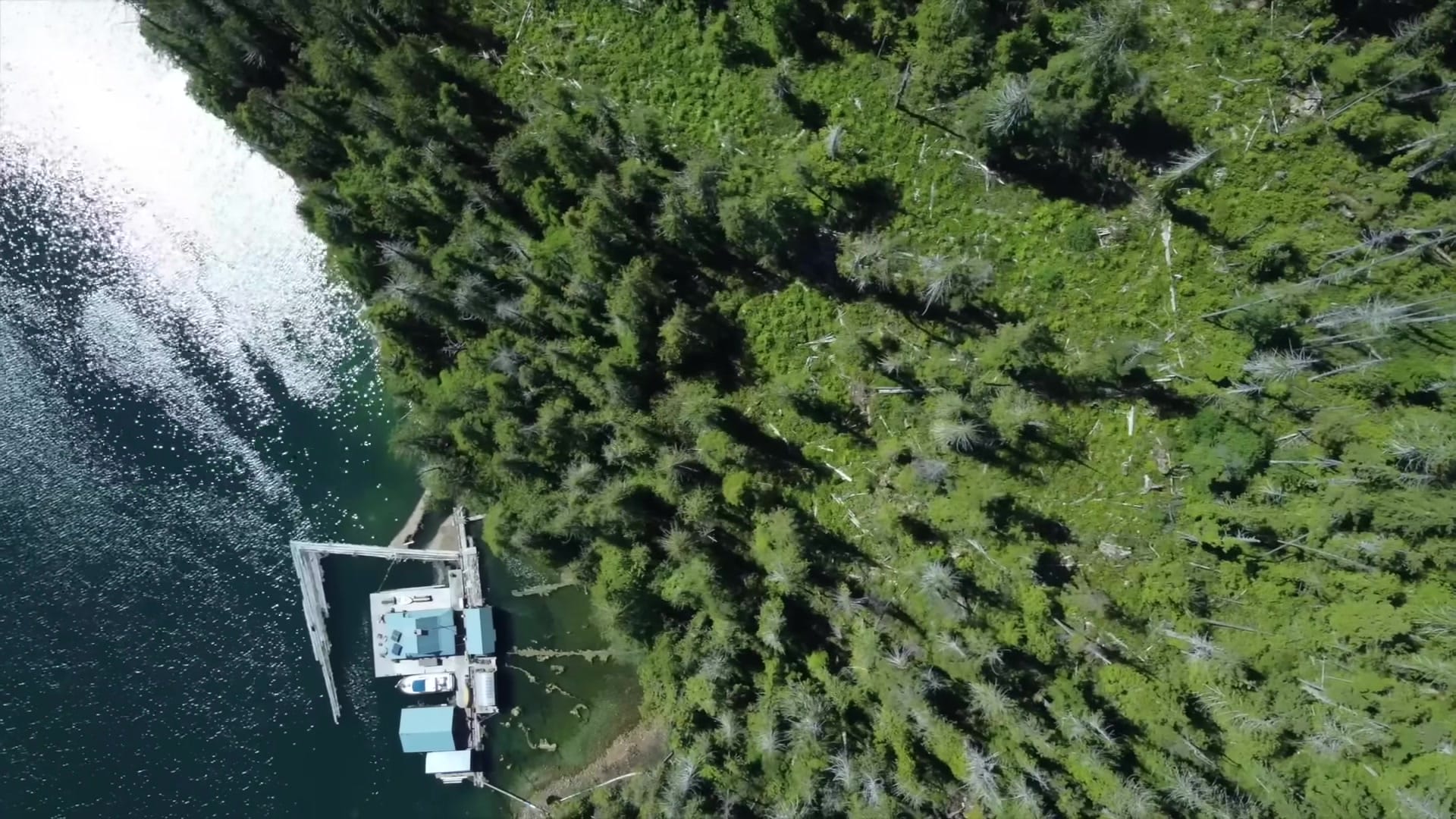
A chain of filters removes particulate and polishes drinking water inside the cabin.
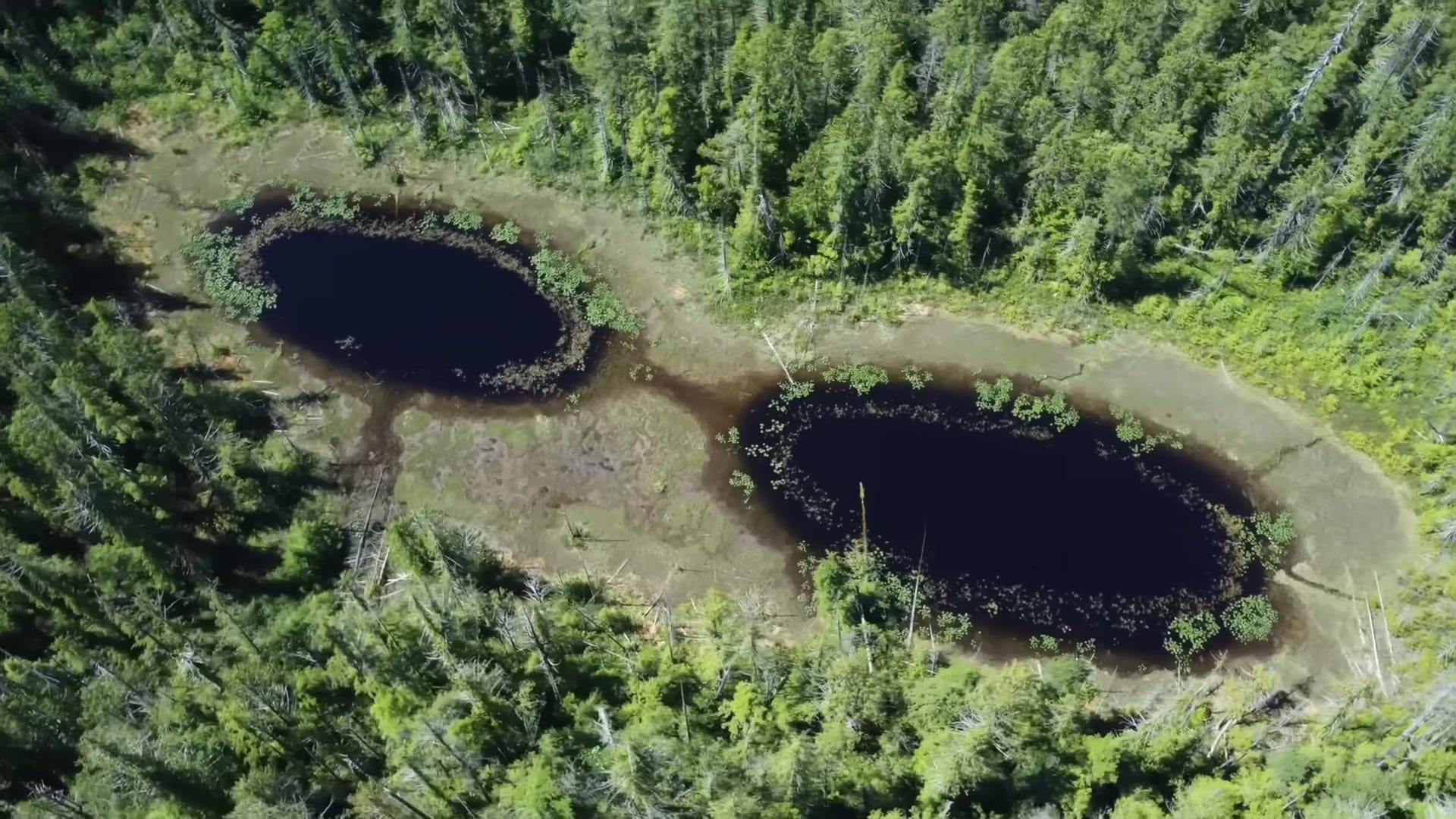
Heat, Cooking & Food — Wood, Propane, Garden
Heat and hot water are wood-forward. A wood stove is the primary heat source and most hot water routes through that system.
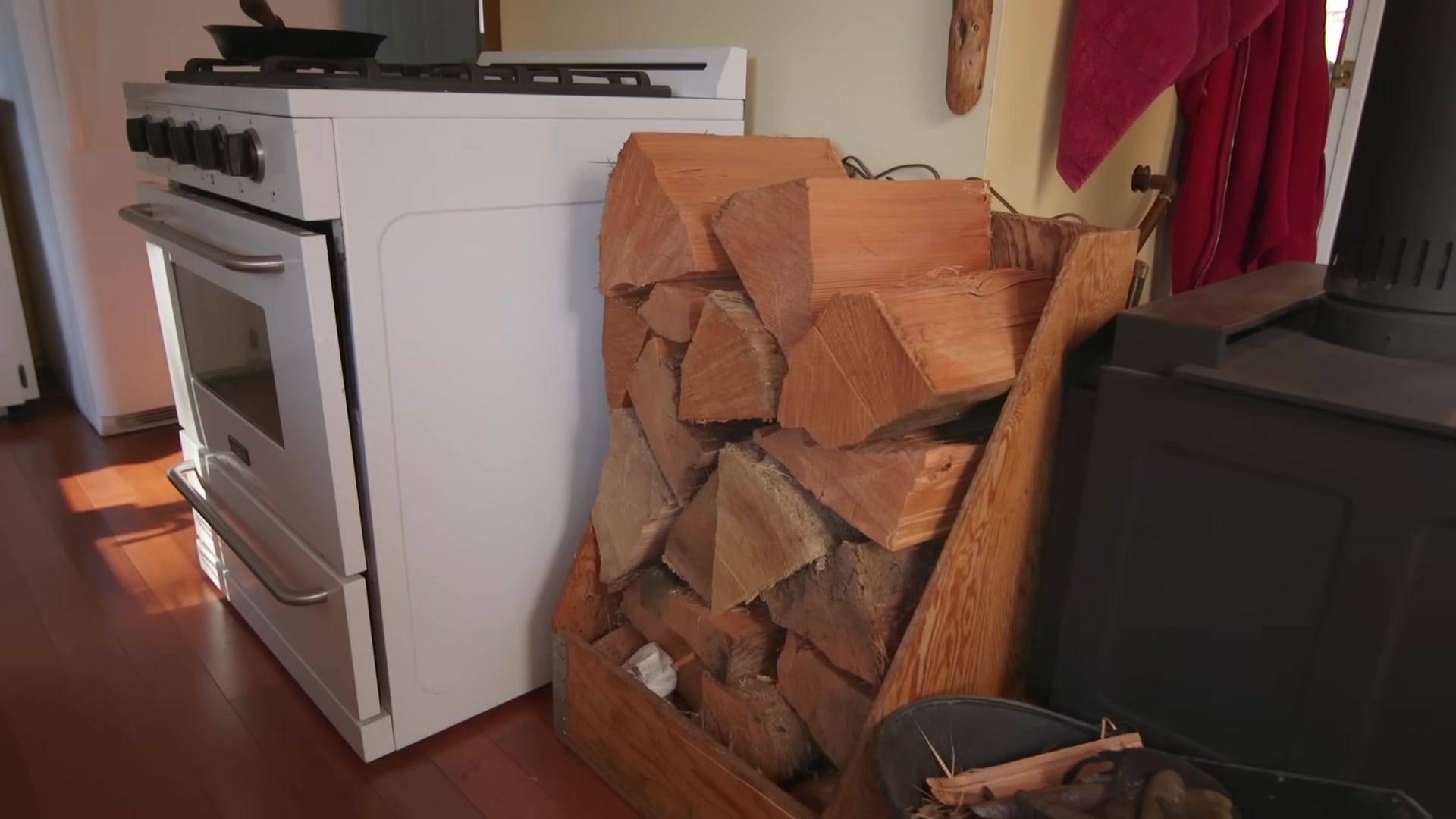
Cooking and the dryer run on propane, so they balance fire with tanked fuel for convenience .
Food is a mixed strategy. A floating greenhouse and raised beds produce roughly half of their fresh summer vegetables — kale, carrots, peas, zucchini and more . They also drop a crab trap off the dock for Dungeness and Rocky crab when the season allows .
Boats, Tie‑ups & Getting In/Out
A boathouse protects the smaller open boats and the enclosed 1978 CHB “Lee Hotel” serves as the go-anything, bad-weather boat.
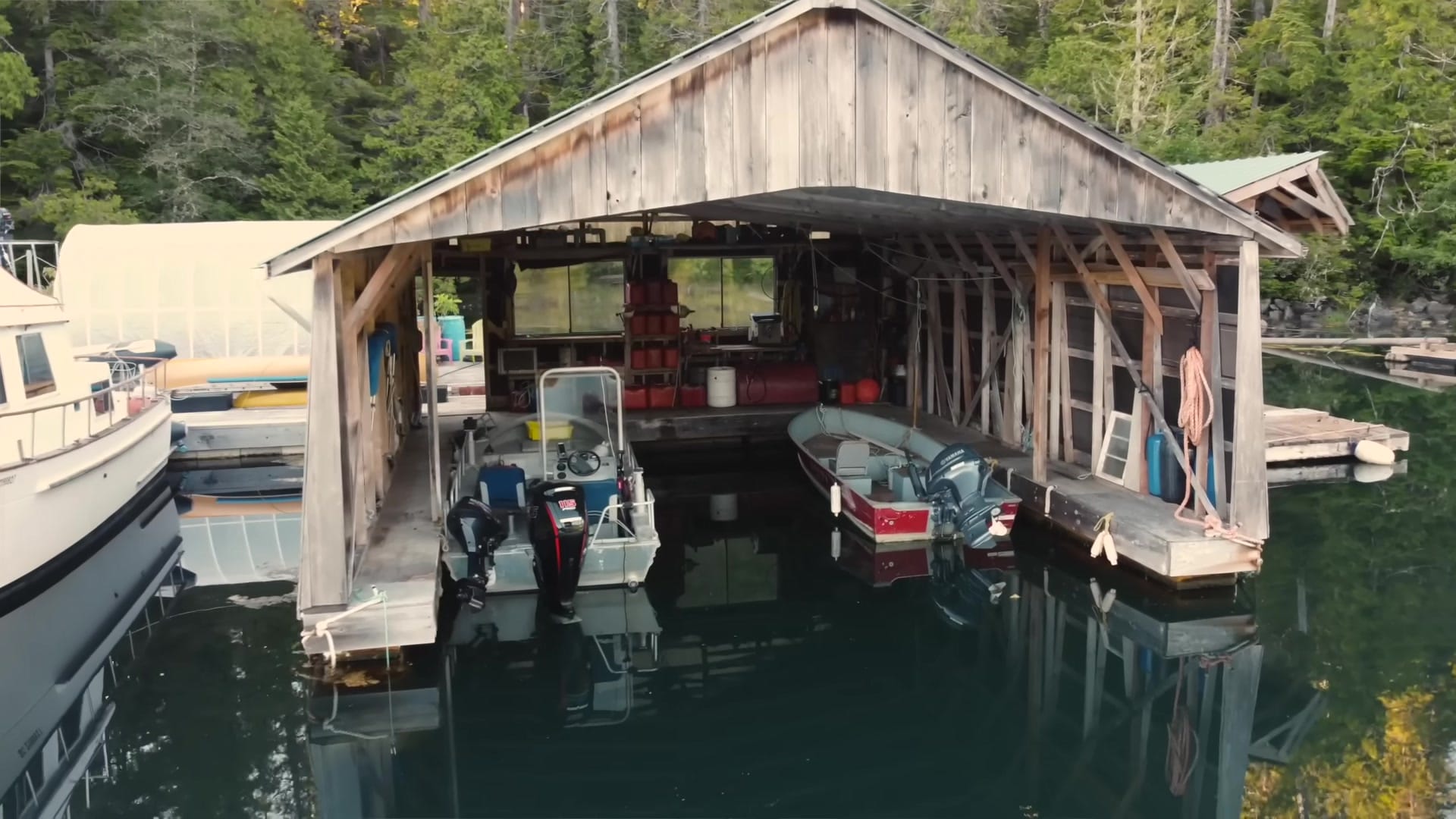
The Lee is the warm, safe option when the channel gets rough.
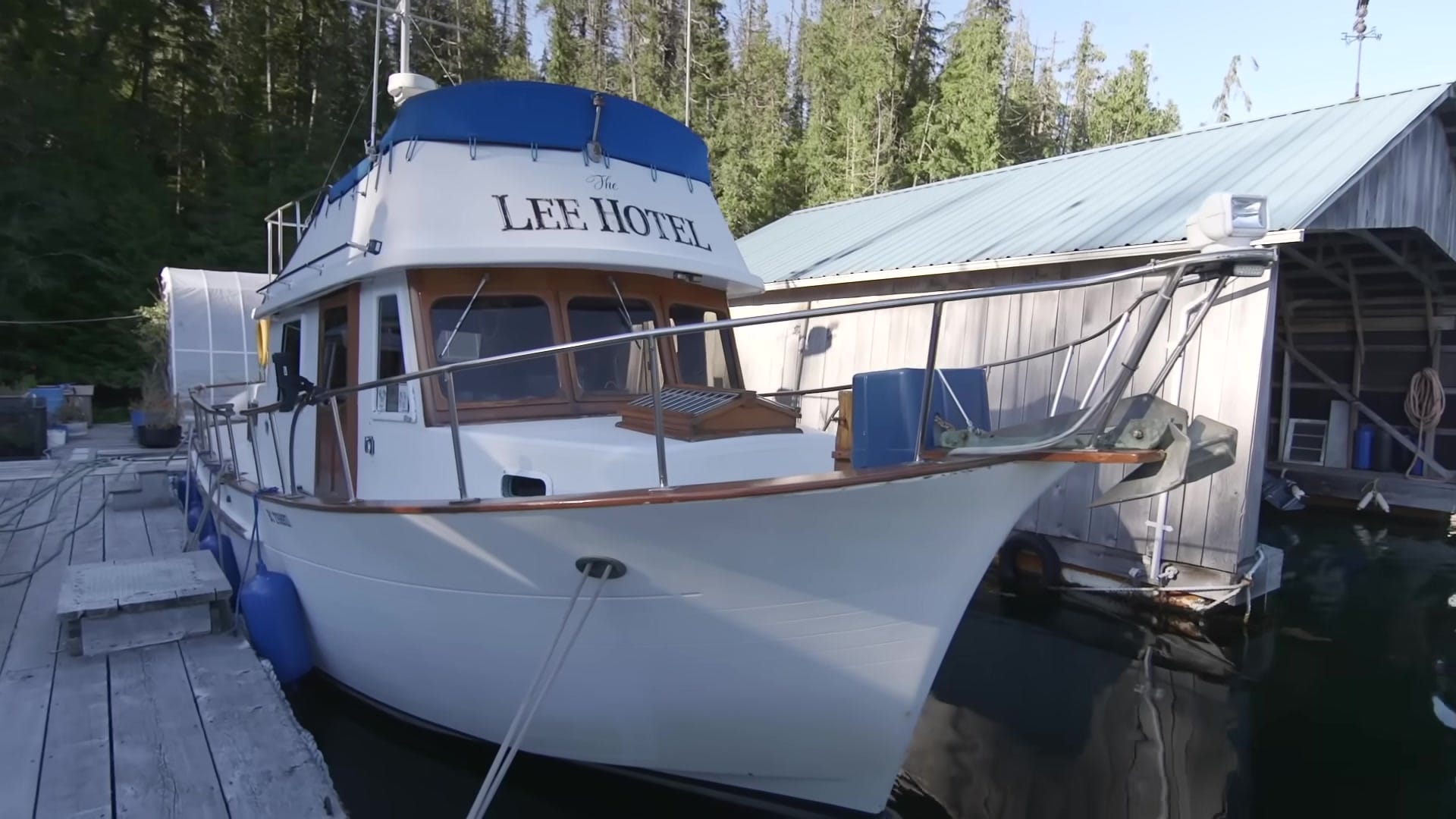
For everyday runs the open boats are quick and simple.
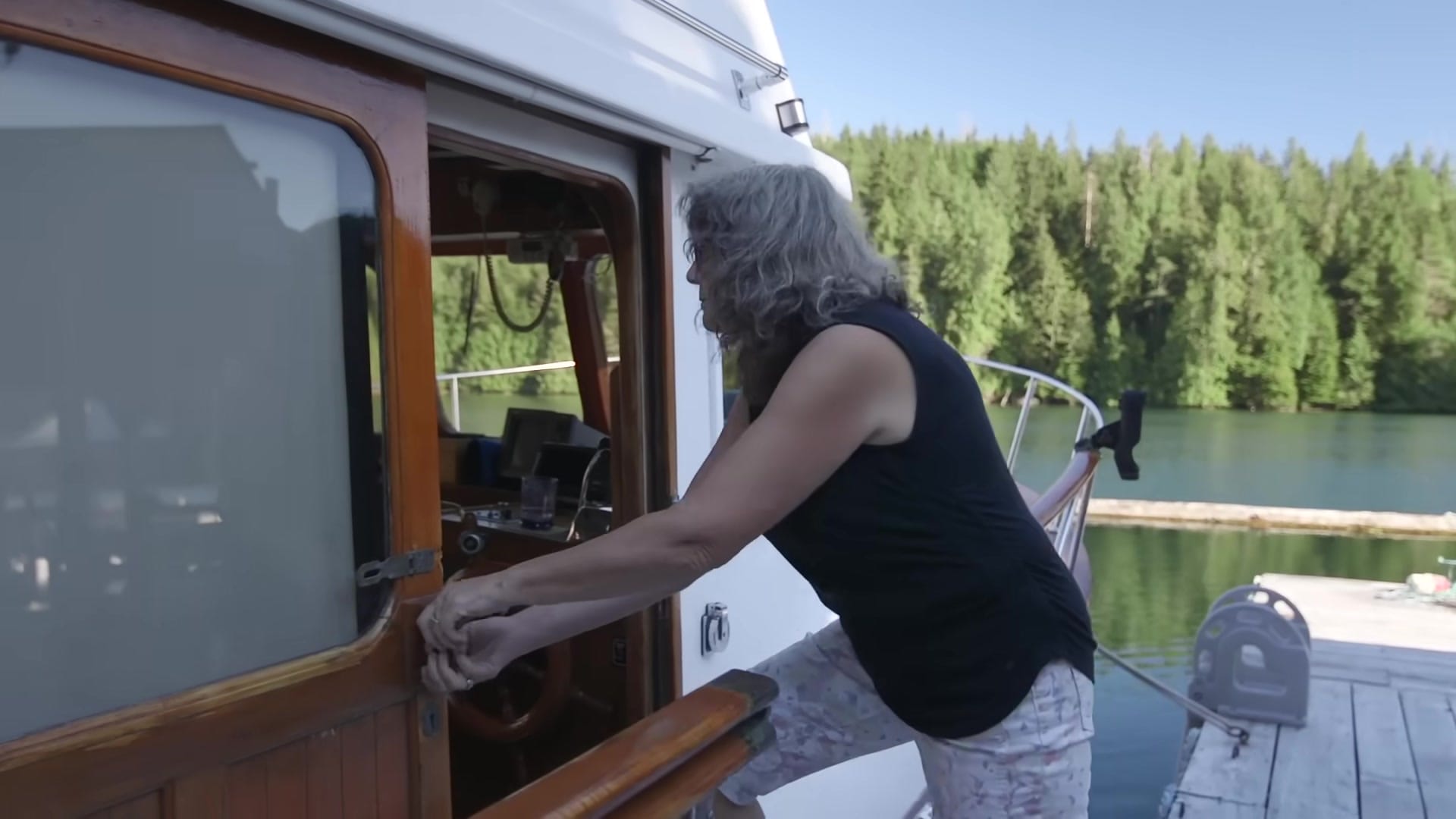
The float is anchored to a system of boomsticks and “jill pokes” driven into the bush and rock, with ropes that tie to trees and stumps for extra security.
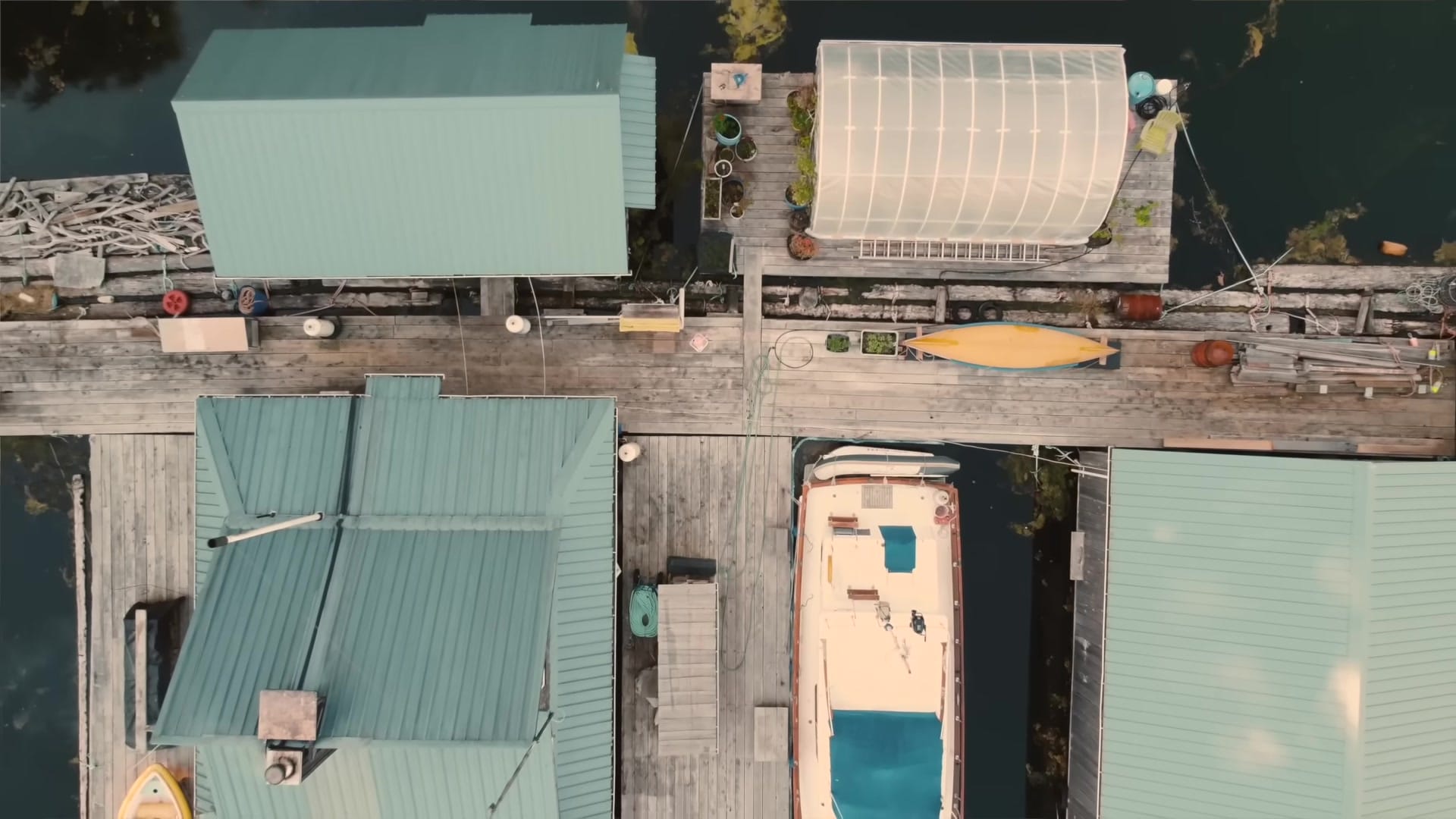
That rig keeps movement minimal except in the worst storms.
Daily Life, Tradeoffs & Why They’re Changing
Days are rhythmic and weather-led. Winters bring fierce wind through the channel and weather windows can shut travel down for up to a week.
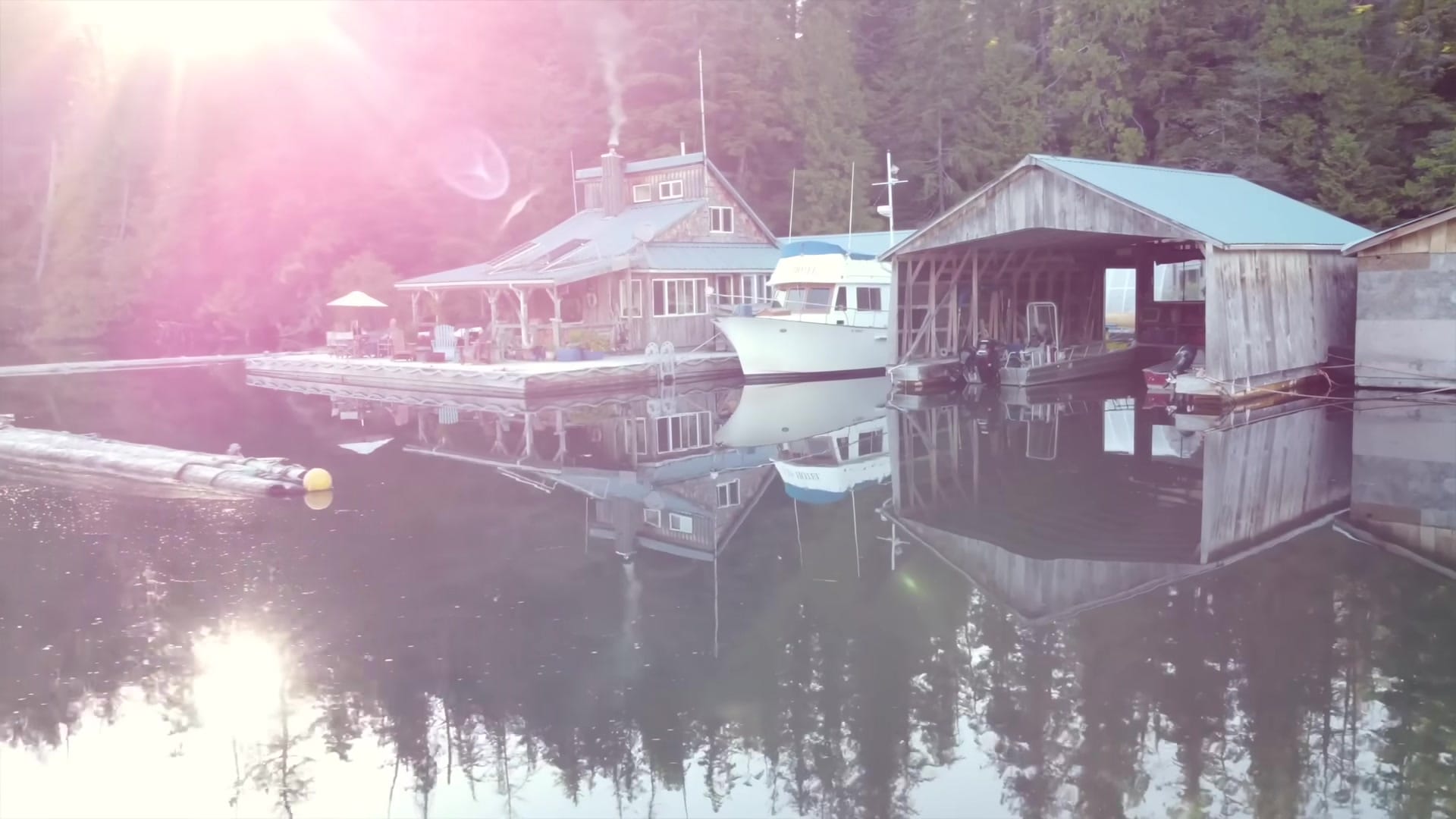
Connectivity is limited but improved with a satellite phone and internet — a practical compromise that keeps them informed.
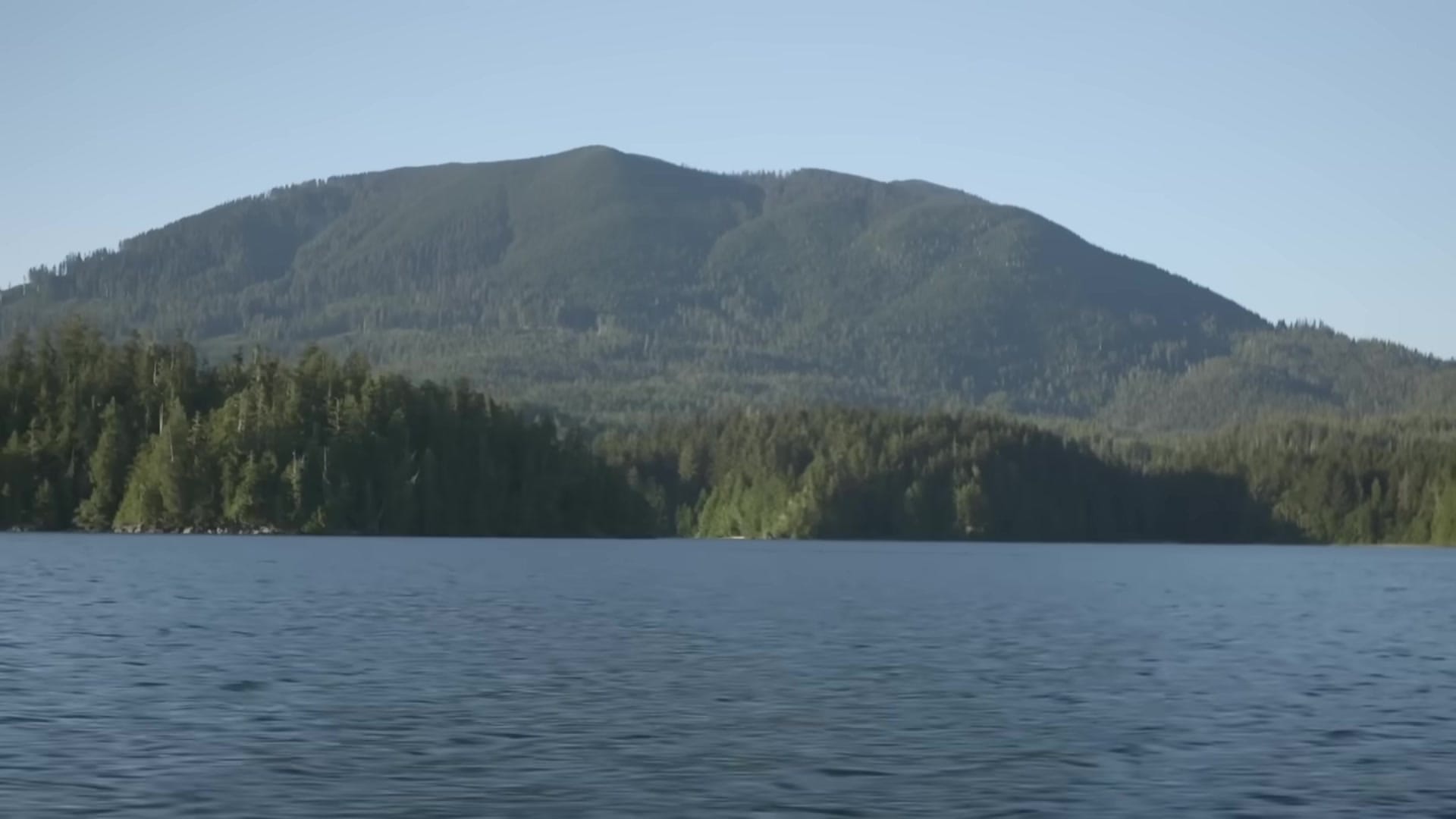
Loneliness and physical strain are the real tradeoffs. Missing family and the work of hauling, splitting, and maintaining becomes harder with age.
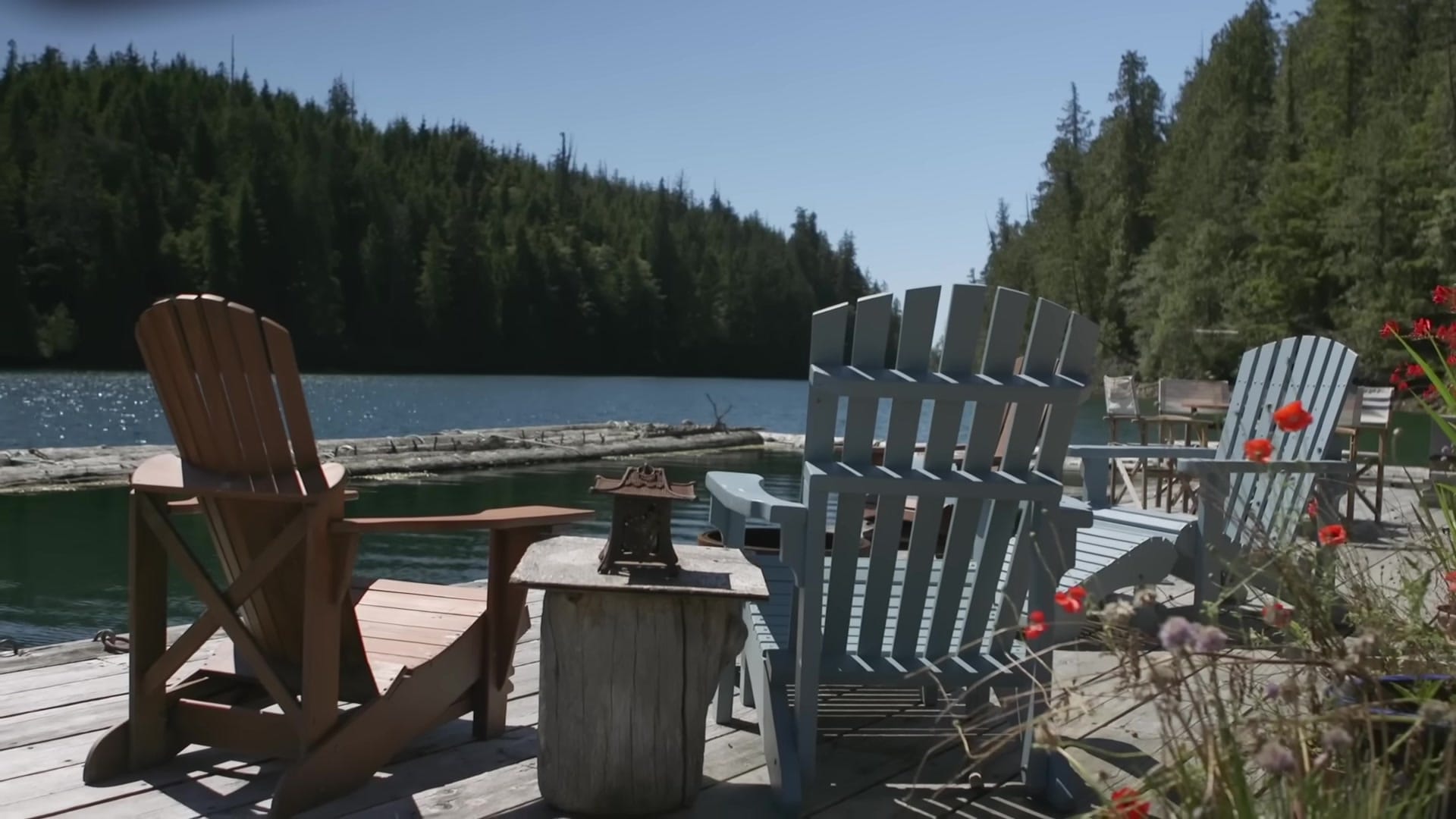
They’ve recently bought a house on land because arthritis and mobility are changing what’s sustainable here.
